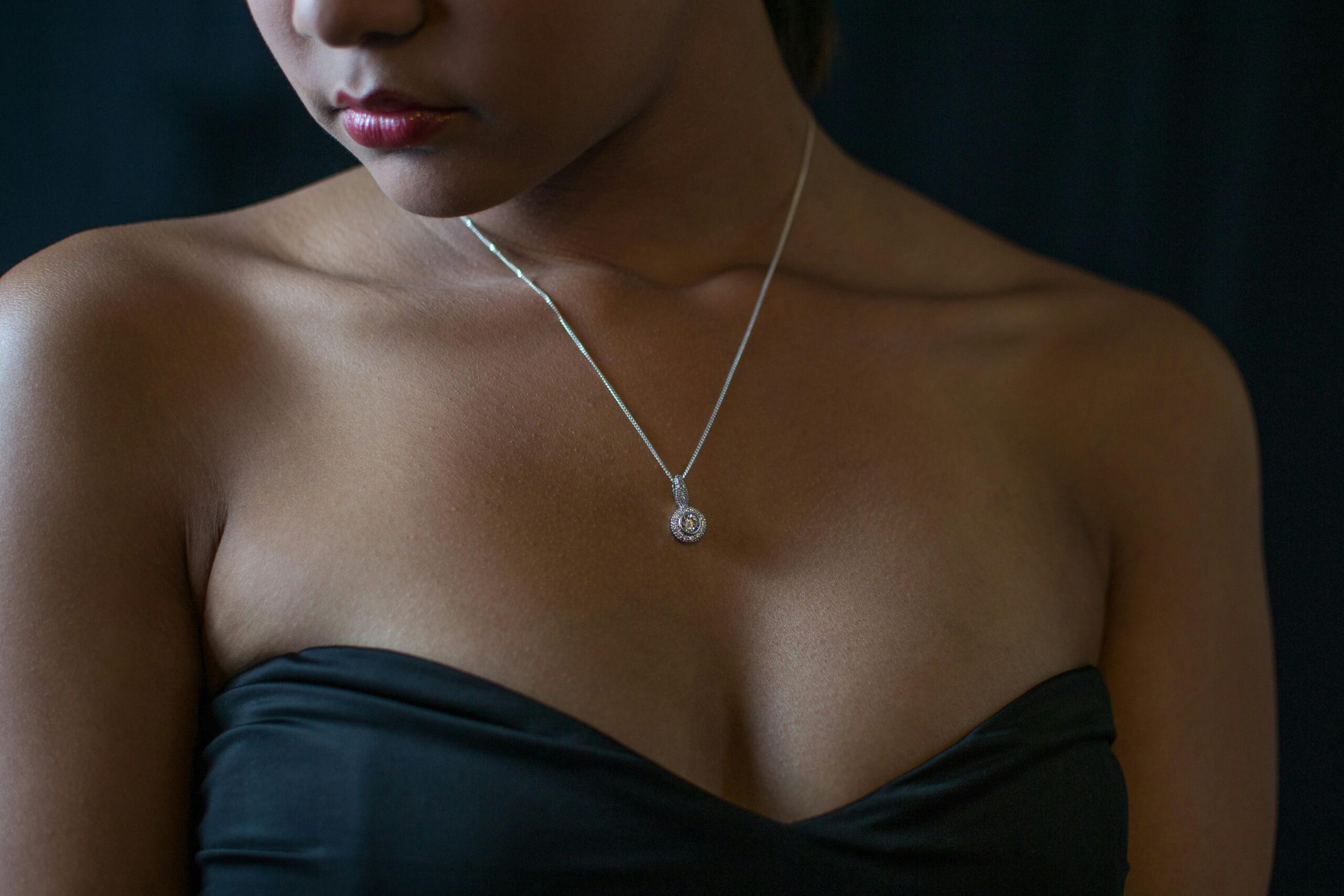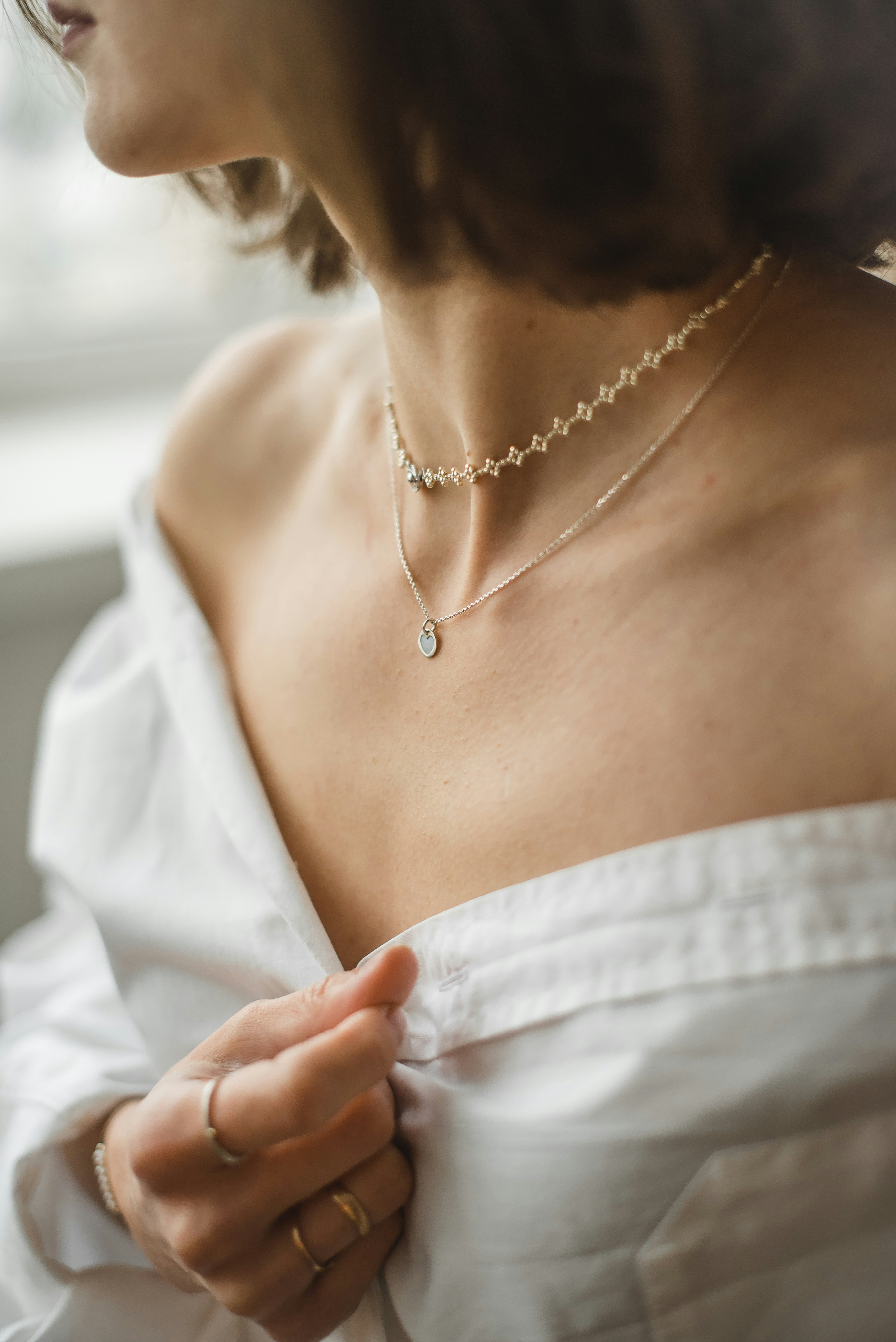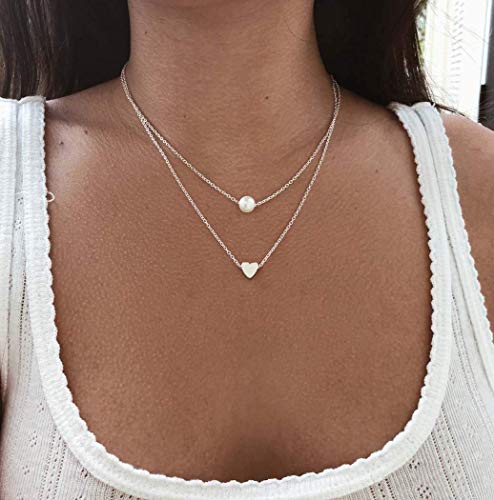Historical Background of Necklaces
The history of necklaces spans thousands of years, highlighting their evolution as significant ornaments in women’s jewelry collections. Dating back to ancient civilizations, necklaces were among the first forms of personal adornment and have been worn by women across various cultures throughout history. From the intricate beadwork of Indigenous tribes to the elegant gold chains of ancient Egypt, these adornments reflect not only artistry but also the societal values of the time.
In ancient Egypt, for instance, necklaces were made from precious materials such as gold and adorned with gemstones, symbolizing wealth, status, and divine favor. Women wore these fine pieces as indicators of their social standing, and they often featured motifs that embodied protection and the afterlife. Similarly, in ancient Greek and Roman societies, necklaces served as tokens of love and loyalty. Various designs revealed intricate craftsmanship and artistry, much to the admiration of their wearers.
Cultural Significance of Necklaces
Throughout history, necklaces have held profound cultural significance across various societies, often serving as symbols of identity, status, and belief systems. Different styles, materials, and symbols embedded in necklaces can convey various messages and meanings, making them more than mere adornments. For women, a necklace may symbolize love and commitment, as seen in engagement necklaces crafted from precious metals and gemstones. Similarly, a mother’s necklace, often featuring children’s initials or birthstones, represents maternal bonds and familial love, creating a piece of jewelry that is deeply personal and cherished.

In many cultures, certain necklaces are endowed with protective qualities. For instance, indigenous tribes in Africa often wear necklaces adorned with amulets or talismans believed to ward off evil spirits. Such necklaces not only protect individuals but also reaffirm their connection to ancestral traditions and beliefs. In contrast, ceremonial necklaces in cultures worldwide can signify rites of passage or celebrate milestones. For example, in Hindu culture, the mangalsutra, worn by married women, symbolizes marriage and the vows exchanged, highlighting the deep cultural roots linked to necklaces.
Moreover, necklaces can signify social status; for example, during the Victorian era, opulent pearl necklaces became synonymous with wealth and high social standing. On the other hand, simpler, handmade necklaces may represent community and craftsmanship, highlighting the importance of local culture. Iconic necklaces, such as the famous Egyptian ankh, carry layered meanings that blend mythology and art, enhancing their significance through the ages. This cultural tapestry woven through necklaces illustrates their essential role in connecting personal expression with shared identity, making them a vital part of women’s jewelry choices worldwide.
Modern Trends in Women’s Necklaces
The landscape of women’s jewelry, particularly necklaces, has undergone a significant transformation in recent years, reflecting the evolving tastes and preferences of modern consumers. Current trends emphasize individuality, creativity, and sustainable practices among jewelry makers. Minimalist designs have surged in popularity, characterized by clean lines and subtlety. These necklaces often make a bold statement through simplicity, allowing the wearer’s personality and style to shine without overwhelming detail.
In contrast, statement necklaces have carved a niche for themselves, particularly among fashion-forward women seeking to express their uniqueness. These intricate pieces often feature vibrant colors, elaborate patterns, and bold materials. They serve as focal points in an outfit, capable of transforming even the simplest attire into an eye-catching ensemble. The flexibility in design and function presents an opportunity for women to experiment with their jewelry, making necklaces a versatile addition to any wardrobe.
The role of social media and celebrity endorsements cannot be understated when discussing modern necklace trends. Influencers and high-profile figures frequently showcase a variety of necklaces, thus driving public interest and demand. Such exposure has normalized the concept of layering different styles, allowing women to mix and match necklaces of various lengths and designs for a custom look that reflects personal identity. Additionally, there has been a notable rise in the appreciation for handmade and ethically sourced jewelry, emphasizing a more responsible approach to fashion. These choices resonate with consumers who prioritize sustainability and craftsmanship, ensuring that their necklace selections align with their values. Ultimately, contemporary necklaces serve not only as accessories but also as expressions of individuality and ethical consciousness in today’s woman’s jewelry market.
The Purpose of Wearing Necklaces Today
Necklaces have evolved significantly from their historical roots, adapting to contemporary tastes, lifestyles, and fashion trends. Today, women wear necklaces for a myriad of purposes, which range from enhancing everyday outfits to serving as statement pieces for formal events. The versatility of jewelry allows necklaces to fit seamlessly into any wardrobe, transforming a simple ensemble into something extraordinary. Whether adorned with precious stones or crafted from unique materials, modern necklaces come in various styles to suit individual preferences.
In the realm of fashion, necklaces embody an essential accessory that can complete a look, allowing women to express their personal style and individuality. From minimalist designs that signify elegance to bold, chunky pieces that make a statement, necklaces play a crucial role in fashion. Additionally, layering necklaces has become a popular trend, enabling wearers to mix and match different styles, lengths, and textures to reflect their personality and mood.
Beyond style, emotional connections also play a vital role in the significance of necklaces. Heirloom pieces passed down through generations carry sentimental value, allowing women to feel a connection to their heritage and loved ones. Similarly, necklaces received as gifts mark special occasions, serving as constant reminders of cherished moments and the people we hold dear. These jewelry items often transcend their aesthetic appeal and represent memories and relationships that shape one’s identity.
Moreover, necklaces have the power to convey messages or statements, whether it be through symbolic pendants or personalized designs. As a form of non-verbal communication, they can reflect beliefs, values, or even milestones in life. In this way, necklaces serve not just as ornaments but as integral parts of women’s self-expression and identity in today’s society.






